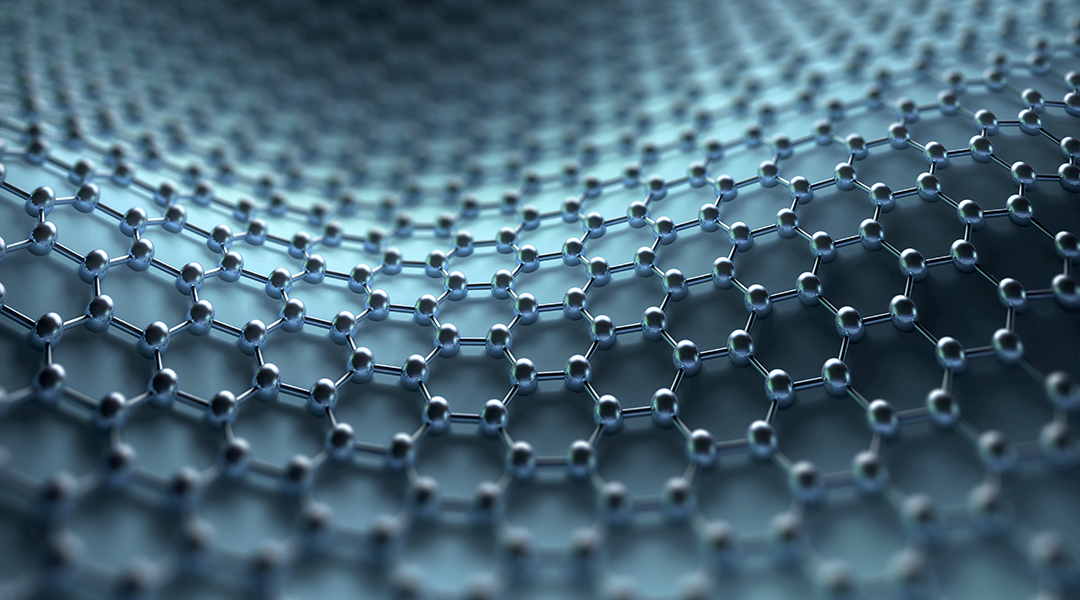Two-dimensional (2D) materials are atom thick crystals that have become popular in materials sciences as a result of their intriguing physical and chemical properties, which differ (at times greatly) from their 3D counterparts. They show great promise in developing new optoelectronic and electronic devices — such as polarization-sensitive photodetectors, crystal-orientation-induced diodes, and integrated digital inverters —as well as the potential to facilitate a transition to clean, renewable sources of energy.
Metal ion batteries, for example, are widely used for this and other purposes, but to meet the growing energy demands of our society, extensive efforts must be made to search out materials with optimal properties, such as high storage capacity, fast charging ability, high stability, and easy manufacturing.
2D materials for metal ion batteries, such as graphene used to enhance the performance of lithium ion batteries, offer distinct advantages in terms of higher active surface area for increasing energy density, short ion diffusion distances and excellent electrical conductivity for elevating rate capacity, as well as mechanical flexibility and expanded interlayer spacing for enhancing cycle performance.
However, despite rapid developments in this field, the variety and quantity of available 2D materials for commercial technologies are still quite limited — especially those that are suitable for battery electrodes — because studies thus far have focused only on elemental or binary materials.
Theoretical calculations have been playing an important role in screening suitable materials for electrodes, rationalizing experimental observations, and providing effective strategies to improve battery performance. First principles structural predictions have been used to predict the properties of unknown atomic structures and have accelerated and facilitated the search for new materials for desired applications without the need to synthesize each one. They can be used to either determine the total energy and property of a given structure or else structural searches can generate various theoretical structures for a given chemical composition.
Thus, chemical composition has an important influence on material properties, and must be considered when designing and screening. Computational screens allow researchers to efficiently determine how different elemental combinations can alter material properties, and can help answer questions that would otherwise be time consuming or unfeasible to answer, such as what is the optimal combination of elements?
This also enables the exploration of 2D ternary or quaternary compounds (materials that contain three or more elements), which not only enriches the variety of 2D materials but may also lead to some unexpected and interesting properties. Physically screening an infinite number of elemental combinations to produce the perfect anode is, of course, not viable. Instead, researchers can use computational models to cut down on time and cost.
The current theoretical descriptors are able to determine/explore the adsorption site, diffusion barrier, and capacity of 2D materials. However, one of the challenges is how do we ensure that theoretical predictions are suitable for practical application in metal ion batteries. Although many 2D materials have been proposed by theoretical calculations, only a few can be put to practical use. This becomes problematic because most of the currently used calculations are performed under vacuum, and do not consider the effect of external environment, such as the battery’s electrolyte or electric field, on material properties. Thus, the development of more effective, in-depth descriptors becomes essential if the field is to move forward.
With the development of advanced theory and the emergence of new algorithms, as well as the availability of new types of computing resources, computer-assisted material design has great potential in exploring novel functional materials.
Written by: Guochun Yang
Reference: J. Lin, et al. ‘Computational predictions of two-dimensional anode materials of metal ion batteries‘, WIREs Computational Molecular Science (2020). DOI: 10.1002/wcms.1473

















